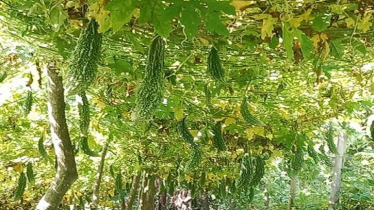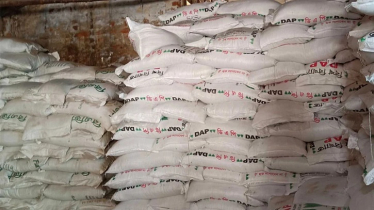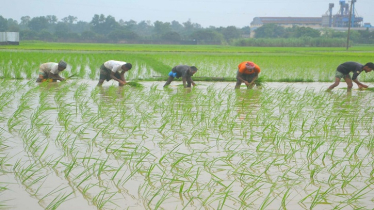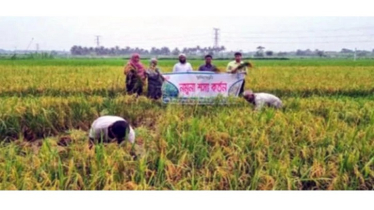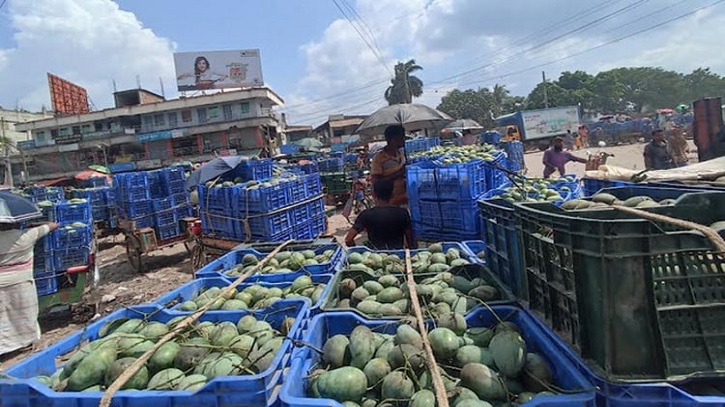
Mango exports from Rajshahi and Naogaon are showing remarkable potential, with recent success stories underscoring the economic opportunities for farmers in the region. Sohel Rana, a grower from Sapahar, Naogaon, participated in the week-long Bangladesh Mango Festival 2025 held at Souq Waqif in Qatar from June 25 to July 1. He took 4,500 kilograms of mangoes, with a transport-inclusive cost of about Tk 250 per kilogram, and sold them at Tk 500 per kilogram, earning approximately Tk 2.25 million. In Bangladesh, the same quantity would have fetched no more than Tk 450,000.
This year, Amrapali mangoes sold at an average of Tk 75 per kilogram in Sapahar, while fetching Tk 500 in Middle Eastern markets. Such price differences highlight the transformative potential of mango exports for farmers and the region’s agriculture-based economy. Rana, who cultivates mangoes on 200 bighas of land, has been exporting to European markets since 2021.
According to the Department of Agricultural Extension’s (DAE) Additional Director for Rajshahi, Dr. Azizur Rahman, mango cultivation and production in the region have increased significantly, with plans to set up mango processing industries to boost exports. Over the past decade, the number of orchards and overall production have doubled, as farmers increasingly replace triple-crop rice fields with profitable mango cultivation. Dr. Rahman estimates the region’s mango export potential at Tk 2 billion.
The government is focusing on agro-processing and value addition to increase export prices, while training farmers in production, harvesting, and post-harvest management to ensure export-grade quality. There have also been calls to upgrade Rajshahi Airport to facilitate direct exports of fresh produce, vegetables, and fruits.
Renowned varieties such as Govindabhog, Langra, Himsagar, Rani Pasand, Fazli, and Ashwina are prized for their taste and suitability for export. High-quality mango production hubs include Paba, Charghat, and Bagha in Rajshahi; Sapahar and Porsha in Naogaon; and Shibganj, Kansat, Rohanpur, and Sadar in Chapainawabganj. In Naogaon, fruit bagging techniques are being increasingly adopted to maintain export quality, reduce pesticide use, and prevent fruit fly infestations.
Former DAE Director Manjurul Huda noted that profitability is driving a shift from rice and other crops to mango cultivation in Naogaon, with modern techniques enabling export-quality yields. Naogaon mangoes are now reaching Europe, with potential markets in China as well, diversifying export destinations and increasing foreign exchange earnings. This season’s mango harvest in Naogaon is expected to be the highest on record, with a large share intended for export.
While the government offers incentives to exporters, experts stress the need for greater investment, modern technology, and improved processing facilities. Establishing a mango processing industry could significantly strengthen the region’s economy. Anowarul Haque, President of the Rajshahi Agro Food Producers Society, said international market access has improved in recent years due to better farming practices and the widespread adoption of fruit bagging. Although export profits can be twice those of local sales, he noted that the process demands more investment, care, and advanced technology.
Economics Professor Farid Uddin Khan of Rajshahi University observed that mango has emerged as the region’s third most important crop after rice and potatoes. He emphasized the urgent need to expand export markets, as only a small fraction of the annual harvest is currently shipped abroad despite large-scale production.


